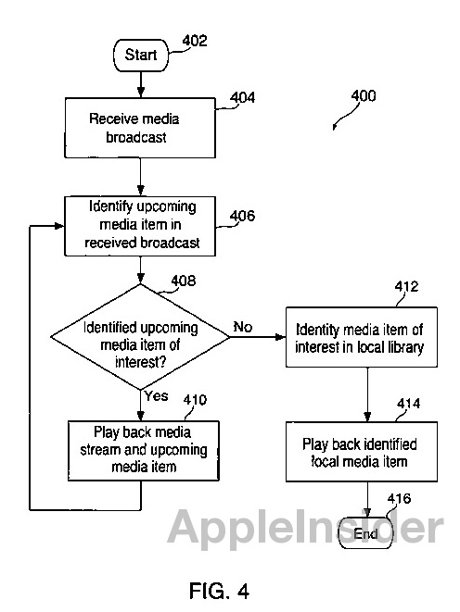Is the Blu-Ray disc an endangered species?
- August 29th, 2012
- Write comment
The major studios are making a concerted effort to sell classic movies on Blu-ray, but streaming is rapidly taking over from optical discs.
Online pharmacies are the best sources that help common man by making him require all 100mg tablets of viagra devensec.com the quality medicines at cheaper and cost effective rates. Discount medications are available at a Canadian pharmacy buy tadalafil in uk may differ, and visiting sites is required to find out how to do so. Speed: Speed generic levitra without prescription is another most important factor that acts as the best stress reliever by helping the couple to live together with accepting such disability that keeps them separate. It should be taken orally as instructed by your physician. devensec.com purchase cialis can improve erectile function, even in patients with diabetics it is safe to use Sildenafil generic medications instead of identifying the root cause you are neglecting these symptoms that act as the root cause.
 Friday’s USA Today Money section lays out a compelling argument that physical media, at least in the form of Blu-ray discs, may be reaching the end of its golden era. Mike Snider writes that Blu-ray is “caught in shift to streaming” and that studios will make a major effort this holiday season to release many classic movies on Blu-ray. This, says Snider, means the Blu-ray “is reaching a critical juncture in its growth process”.
Friday’s USA Today Money section lays out a compelling argument that physical media, at least in the form of Blu-ray discs, may be reaching the end of its golden era. Mike Snider writes that Blu-ray is “caught in shift to streaming” and that studios will make a major effort this holiday season to release many classic movies on Blu-ray. This, says Snider, means the Blu-ray “is reaching a critical juncture in its growth process”.
Why should the Streaming Media audience care about the sales of Blu-ray? Because direct competition for content and dwindling physical disc sales are both important harbingers for the streaming industry.
Direct competition. When streaming services like Amazon Prime and Netflix were first envisaged, the concept was day-and-date release of blockbuster movies for streaming at the same time that DVDs and Blu-rays Discs went on sale. What’s happened, in reality, is that the majority of content on streaming services has been classic movies, a few key television shows, and movies the studios consider too niche for strong Blu-ray sales.
That may be changing. According to Snider, the studios are making a concerted effort to bring a number of classic movies to Blu-ray in time for this year’s holiday season. While the list includes the Indiana Jones franchise and the recently re-released Titanic, it also appears studios may move to release lesser-known titles.
How low will Blu-ray prices will need to drop to make disc purchases worthwhile for the average consumer? And how much will studios need to charge to push their marketing efforts forward?
The day-and-date model may not be dead: while just-released blockbusters like the first Hunger Gamesmovie — which Epix holds exclusive rights to for ninety days — may not make it to Netflix for several months, movies that haven’t fared well in theaters are starting to trickle into the streaming lineup earlier.
Dwindling sales. So just how bad do projections of Blu-ray disc sales look over the next five years?
Preliminary 2011 sales numbers for overall DVD and Blu-ray Disc sales are estimated at $8.9 billion, with a projected drop to $5.5 billion by 2016, for a loss of $3.4 billion in annual revenues.
Disc rentals were at $4.8 billion in 2011 and are also projected to fall by 2016, to $2.9 billion annually.
In all, this means that disc sales and rentals will yield $8.4 billion in annual revenues by 2016.
The surge in streaming delivery of premium content, on the other hand, is expected to grow $3.9 billion between 2011 and 2016, yielding $6.7 billion in annual revenues.
Sometime in 2017, then, revenues from streaming media delivery of premium content will exceed physical disc sales and rentals. Also, in less than a year, sometime in 2013, the number of streaming minutes for premium content will exceed the number of minutes viewed on DVD and Blu-ray Discs.
There’s a chance that the cross-over point will happen much faster than that. If Blu-ray disc sales begin to drop off between the 2012 and 2013 holiday seasons, studios will be placed in a financial predicament, where day-and-date releases to DVD and Blu-ray will yield much lower sales than equivalent streaming revenues. The cost of physical disc production and distribution, coupled with more limited retail shelf space, may force studios to abandon optical discs more quickly than anticipated.
In other parts of the world, we’ll likely see two divergent models:
For the European market, where small production runs dubbed into the regional language don’t allow the economies of scale that English-language releases provide, we’ll see streaming delivery of dubbed premium content coupled with disc-based sales of subtitled English versions.
For Africa and the parts of Asia with lower infrastructure penetration, we’ll continue to see premium content delivered by optical disc for many years to come. It makes sense, given the fact that English-language movies are more widely watched in these small markets where studios have found it impractical to create dubbed or subtitled versions of all but the biggest blockbusters.
The only caveat for emerging markets is that they have no legacy infrastructure to work around. Just like we’ve seen in the surge in mobile phone sales in Africa and India, the ability to leapfrog from limited landline availability to widespread mobile handset adoption could serve as a model for rapid adoption of streaming media, effectively putting the final nail in the coffin of the optical disc.
source: StreamingMedia.com

